Sealing barn wood for indoor use is essential for preserving its rustic charm while protecting it from moisture, stains, and wear. Barn wood, with its weathered appearance and unique character, adds warmth and character to interior spaces. In this article, we’ll explore effective methods for how to seal barn wood for indoor use to ensure its longevity and suitability for indoor applications.
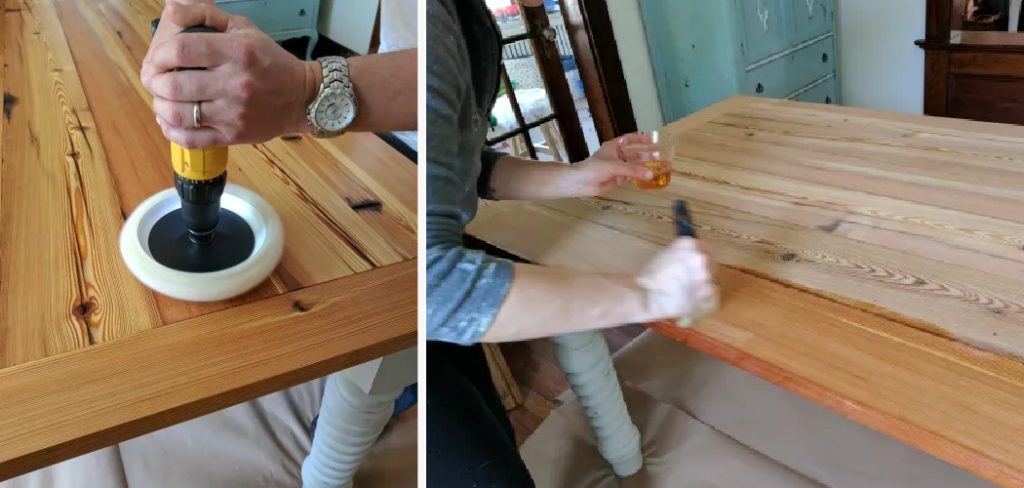
From selecting the right sealant and preparing the wood surface to applying the sealant evenly and allowing sufficient drying time, we’ll provide comprehensive insights into the sealing process. Whether you’re incorporating barn wood into furniture, accent walls, or decorative elements, mastering the art of sealing barn wood for indoor use will enhance its beauty and durability, allowing you to enjoy its timeless appeal for years to come. Join us as we delve into the intricacies of sealing barn wood and unlocking its full potential in interior design.
Importance of Sealing Barn Wood
Sealing barn wood before using it indoors is crucial. Unsealed barn wood is vulnerable to moisture absorption, which can lead to warping, swelling, or even rotting – compromising its strength and aesthetic appeal.
Furthermore, unsealed wood is a magnet for dirt and stains, making it challenging to clean and maintain. By sealing barn wood, you create a protective barrier that preserves its unique texture and appearance while enhancing its resistance to environmental factors and everyday wear and tear. This not only prolongs the life of the wood but also ensures it continues to add a touch of rustic elegance to your indoor spaces without the hassle of frequent maintenance or the worry of damage over time.
Characteristics of Barn Wood
Barn wood possesses distinct characteristics that set it apart from other wood types, making it highly sought after for interior design projects. One of its most notable features is the weathered appearance, which includes a rich texture and a unique color palette ranging from deep browns to soft grays.
This natural patina is the result of years of exposure to environmental elements such as sun, wind, and rain, imbuing the wood with a rustic charm that cannot be replicated artificially. Additionally, barn wood often features marks of historical use, like nail holes, saw marks, and variations in thickness, which add to its character and tell a story of its past life. Its durability is another key characteristic; having stood the test of time, barn wood is robust and capable of withstanding further use, making it an excellent material for indoor applications where both aesthetics and longevity are valued.
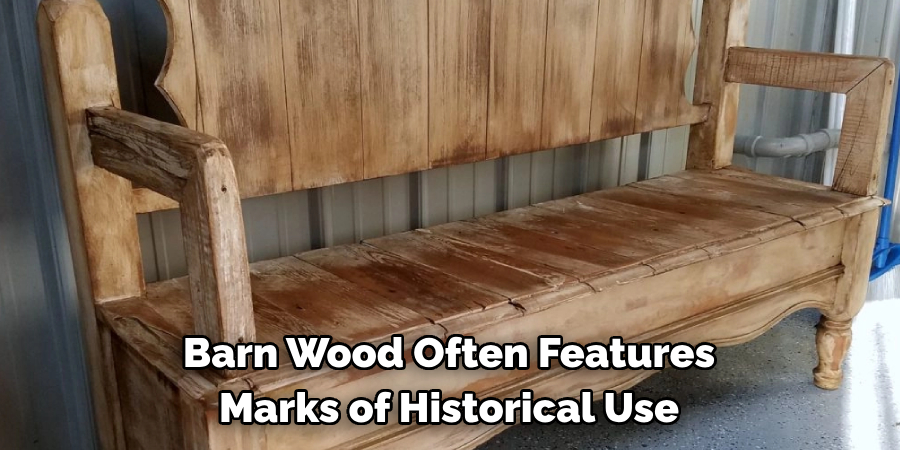
Considerations for Indoor Use and Sealing Requirements
When planning to use barn wood indoors, several considerations and sealing requirements must be taken into account to ensure the wood’s aesthetics and durability are preserved. First and foremost, it’s essential to evaluate the wood’s current condition and stability. Look for any signs of excessive wear, decay, or structural damage that might make it unsuitable for indoor use. Additionally, consider the wood’s origin and past use, as it may have been exposed to chemicals or treatments that could affect its safety or compatibility with certain sealants.
Choosing the right sealant is crucial for achieving the desired finish and protection level. Options range from polyurethane and lacquer to natural oils and waxes, each offering different benefits in terms of appearance, durability, and maintenance requirements. Ideally, the sealant should enhance the wood’s natural beauty while providing a durable barrier against moisture, stains, and wear.
Proper surface preparation is also key to the successful sealing of barn wood. This may involve cleaning, sanding, or removing old finishes to ensure the sealant adheres well and penetrates the wood effectively. Throughout this process, it’s important to maintain the wood’s unique characteristics and texture, being careful not to overly smooth or alter its distinct patina.
Finally, consider the environmental conditions of the intended indoor space. Factors such as humidity, temperature fluctuations, and exposure to sunlight can influence the choice of sealant and application method to ensure the barn wood remains protected and retains its rustic charm over time.
Selecting the Right Sealant
Choosing the right sealant for barn wood is paramount to maintaining its aesthetic and ensuring durability when used indoors. The selection process should be informed by the desired finish (matte, satin, semi-gloss, or gloss) and the specific needs of the project, such as resistance to moisture and wear. Polyurethane is a popular choice due to its robust protective layer, which is ideal for high-traffic areas or furniture. It’s available in oil-based and water-based formulas; the former enhances the wood grain with a warm tone, while the latter offers a clearer finish and a faster drying time.
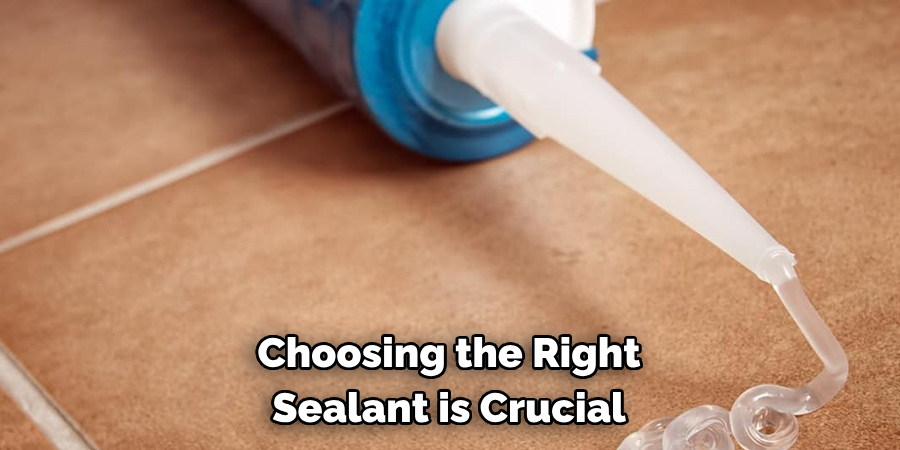
For those seeking a more natural look, tung oil and linseed oil are great options. These oils penetrate deep into the wood, enhancing its grain and offering a level of protection while maintaining the wood’s natural feel. Waxes provide a softer finish and can be reapplied as needed to maintain the wood’s luster and protection. Each sealant type has its pros and cons, and the choice often depends on the project requirements and personal preference for maintenance and appearance.
Types of Sealants Suitable for Barn Wood
When selecting a sealant for barn wood, understanding the unique properties and suitability of each type is key to achieving both protection and the desired aesthetic. Here are some of the most commonly used sealants, each with its specific characteristics:
- Polyurethane (Oil-Based and Water-Based): Polyurethane provides a hard-wearing, protective layer that’s ideal for surfaces expected to endure regular use. Oil-based versions offer a rich, amber tone that can add warmth to the wood’s appearance, while water-based polyurethane has a clearer finish and faster drying times. Both are excellent for enhancing durability and resistance to moisture and scratches.
- Tung Oil: Tung oil is renowned for its ability to penetrate deeply into wood, preserving its natural look and feel. It enhances the wood’s grain and provides a durable, water-resistant finish that’s easy to maintain. Tung oil is a good choice for those looking for a more natural and subtle finish.
- Linseed Oil: Similar to tung oil, linseed oil offers deep penetration and enhances the wood’s natural beauty. It forms a protective layer that shields the wood from moisture while allowing it to breathe. Linseed oil finishes are softer and require more maintenance but are preferred for the natural, hand-rubbed look they impart.
- Wax: Wax finishes provide a soft, satiny sheen and are ideal for pieces where a more subtle protection is desired. Wax can be applied over oil finishes for added luster and protection but requires regular reapplication to maintain its protective qualities.
- Lacquer: Lacquer finishes dry quickly and form a hard, protective shell over the wood, offering excellent durability and resistance to water and scratches. They can be glossy or matte, depending on the application technique and can enhance the wood’s natural color and texture.
Each of these sealants offers different benefits in terms of appearance, protection, and maintenance. The choice of sealant will depend on the specific needs of the project, the desired finish, and the level of protection required for the barn wood in its new role.
10 Methods How to Seal Barn Wood for Indoor Use
1.Select the Right Sealant:
Choosing the appropriate sealant is crucial for sealing barn wood effectively. Consider factors such as the desired level of protection, the wood’s porosity, and the desired finish. Options include polyurethane, varnish, lacquer, shellac, and natural oils like tung oil or linseed oil. Each type of sealant offers different levels of durability, sheen, and application methods.
When choosing a sealant, it is important to consider the level of protection needed for your barn wood. If you want maximum protection against water and UV rays, opt for a polyurethane sealant. Polyurethane is durable and provides a high-gloss finish, making it an ideal choice for outdoor use.
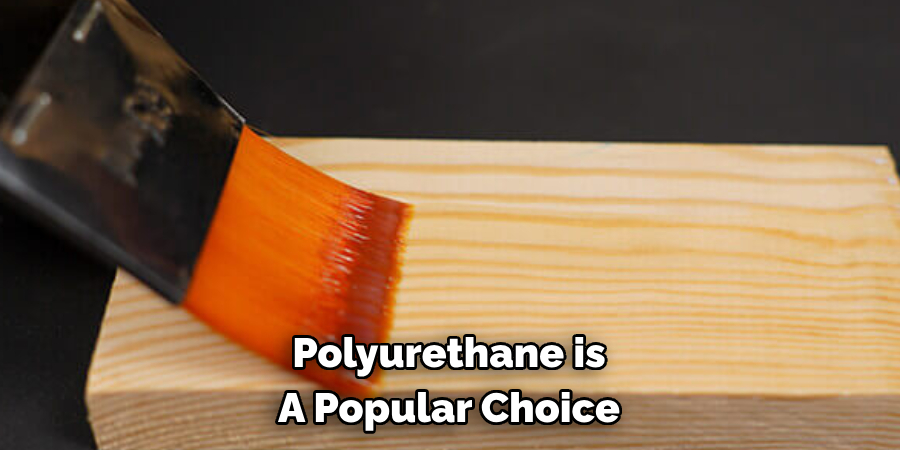
2.Prepare the Wood Surface:
Before sealing barn wood, it’s essential to prepare the surface properly. Start by cleaning the wood to remove any dirt, dust, or debris using a vacuum, brush, or damp cloth. Sand the surface with progressively finer grit sandpaper to smooth out imperfections and open the wood pores for better sealant absorption. Wipe away sanding dust with a tack cloth to ensure a clean surface.
Next, inspect the wood for any imperfections such as cracks, knots, or gouges. If present, fill them with wood filler and allow it to dry completely before sanding it down again. This will create a smooth and even surface for sealing.
3.Test the Sealant:
Before applying the sealant to the entire surface, it’s advisable to test it on a small, inconspicuous area of the barn wood. This allows you to assess how the sealant interacts with the wood and ensures that you achieve the desired finish. Test different sealants or application methods to determine the best option for your specific project. Once you are satisfied with the result, proceed to seal the rest of the surface.
You may also want to consider the environmental conditions when testing the sealant. Factors such as temperature, humidity, and air flow can affect how well the sealant adheres and dries on the wood surface. It’s best to avoid extreme weather conditions for optimal results.
4.Apply the Sealant:
Once you’ve selected the appropriate sealant, apply it to the barn wood surface using a brush, roller, or sprayer. Work in small sections at a time, applying the sealant evenly and following the wood grain to ensure uniform coverage. Be mindful of drips, runs, or pooling, and spread the sealant out evenly to avoid uneven finish.

While applying the sealant, keep a rag handy to quickly wipe away any excess before it dries. This will prevent any buildup or clumping of the sealant and provide a smoother finish.
After applying the first coat, allow it to dry completely according to the manufacturer’s instructions. Once dry, lightly sand the surface with fine-grit sandpaper to smooth out any imperfections or rough spots. Wipe away any dust with a clean, dry cloth before applying the second coat.
5.Allow Sufficient Drying Time:
After applying the sealant, allow it to dry completely before handling or moving the barn wood. Drying times vary depending on the type of sealant used, humidity levels, and temperature. Follow the manufacturer’s instructions for drying times and avoid disturbing the wood until the sealant has cured properly. This can range from a few hours to a few days, so be patient and do not rush the process. While waiting for the sealant to dry, make sure the wood is placed in a well-ventilated area to allow for proper air circulation.
6.Sand Between Coats (Optional):
For optimal results, consider sanding the barn wood between coats of sealant. Use fine-grit sandpaper to lightly sand the surface, removing any roughness or imperfections. Wipe away sanding dust with a tack cloth before applying additional coats of sealant. Sanding between coats helps achieve a smoother finish and promotes better adhesion of subsequent layers. However, if you prefer a more rustic and textured look, sanding may not be necessary.
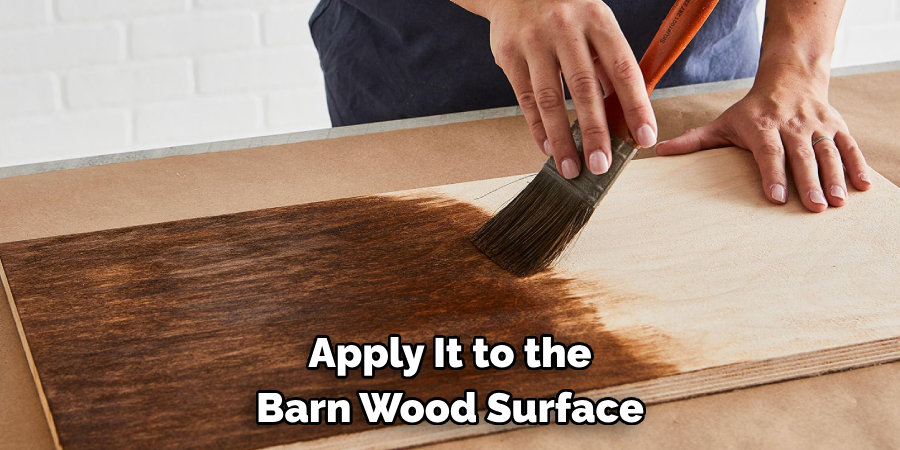
7.Apply Multiple Coats:
Depending on the level of protection and desired finish, you may need to apply multiple coats of sealant to the barn wood. Apply each coat evenly, allowing sufficient drying time between coats. Multiple coats help build up the sealant layer for enhanced durability and longevity. It also ensures that all areas of the wood are fully covered and protected.
To achieve a smoother finish, lightly sand the surface with fine-grit sandpaper between each coat. This will help to remove any imperfections or bubbles in the sealant. Be sure to wipe away any dust particles before applying the next coat.
8.Consider a Matte Finish:
While glossy finishes are popular for sealing barn wood, consider opting for a matte finish for a more natural and rustic look. Matte sealants provide protection without adding shine, preserving the wood’s original appearance and texture. Test different finishes to find the one that best complements the barn wood’s aesthetic. Additionally, matte finishes are less likely to show fingerprints and other marks, making them easier to maintain.
Another advantage of using a matte finish is its ability to hide imperfections in the wood. Unlike glossy finishes that can highlight scratches, dings, and other blemishes, matte sealants help disguise these flaws by diffusing light rather than reflecting it. This feature is especially beneficial for older barn wood with a lot of character and history.
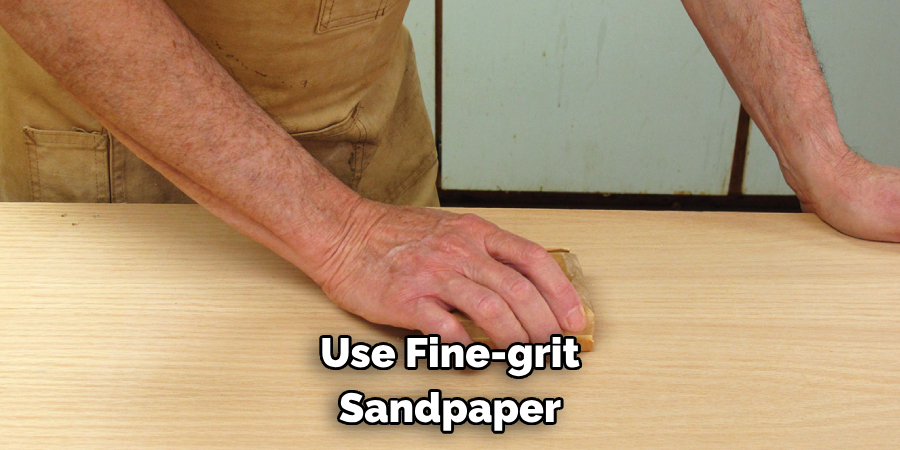
9.Protect Against UV Damage:
If the barn wood will be exposed to sunlight indoors, consider using a sealant that offers UV protection to prevent fading and discoloration over time. UV-resistant sealants help maintain the wood’s appearance and prolong its lifespan, particularly in areas with high exposure to natural light. Additionally, regularly cleaning the wood with a mild detergent and water can help remove any built-up dirt or grime that can also contribute to discoloration.
Aside from using sealants, another way to protect barn wood against UV damage is by keeping it in a cool, dry place. Extreme temperatures and moisture can cause the wood to expand or contract, leading to cracks or warping. By storing the wood in a controlled environment, it can retain its shape and strength for longer periods.
10.Maintain Regularly:
To ensure the longevity of the sealed barn wood, it’s essential to maintain it regularly. Clean the surface periodically with a mild detergent and water solution to remove dirt, dust, and stains. Avoid using harsh chemicals or abrasive cleaners, as they can damage the sealant and the wood surface. Inspect the barn wood regularly for signs of wear or damage, and reapply the sealant as needed to maintain protection and appearance. Regular maintenance will not only extend the life of your barn wood but also keep it looking beautiful for years to come.
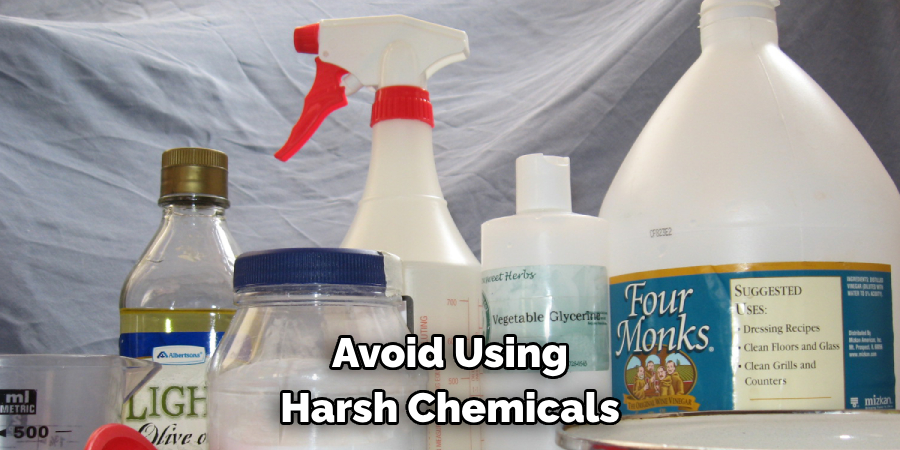
Additionally, consider implementing preventative measures to protect your sealed barn wood from potential damage. For example, placing mats or rugs in high-traffic areas can help prevent scratches and dents on the surface. Avoid placing hot objects directly on the barn wood, as this can cause discoloration or even burn marks. If possible, keep the barn wood away from direct sunlight to prevent fading and warping.
Conclusion
In conclusion, sealing barn wood for indoor use is essential for preserving its rustic charm while protecting it from wear and tear in indoor environments. By understanding the unique characteristics of barn wood and selecting the appropriate sealant, individuals can ensure that their reclaimed wood projects maintain their beauty and integrity for years to come.
Proper preparation, including cleaning, sanding, and filling any imperfections, sets the foundation for a successful sealing process. Applying multiple coats of sealant, allowing sufficient drying and curing time, and finishing with a topcoat or clear finish enhance the durability and longevity of the sealed barn wood. Hopefully, this article gave you some helpful tips about how to seal barn wood for indoor use successfully, so now that you have the proper knowledge on how to get the job done, why not give it a try today?
About the Author
Adrian Green, a lifelong woodworking enthusiast, shares his passion for the craft through The Woodenify Blog. With a foundation built on years of hands-on experience in his father’s woodworking shop, Adrian is dedicated to helping others learn and grow in the world of DIY woodworking. His approach to woodworking combines creativity, practicality, and a deep appreciation for the art of building with your own hands. Through his blog, he inspires individuals of all skill levels to embark on their own woodworking journeys, creating beautiful, functional pieces of furniture and décor.
Professional Focus
- Specializes in DIY woodworking projects, from furniture to home décor.
- Provides step-by-step guides and practical tutorials for woodworkers of all skill levels.
- Dedicated to helping readers build confidence and skill through easy-to-follow instructions and tips.
- Passionate about fostering a community of makers who can share, learn, and grow together.
Education History
- University of Craft and Design – Bachelor of Fine Arts (BFA) in Woodworking and Furniture Design
- Woodworking Apprenticeships – Extensive hands-on training with skilled craftsmen to refine carpentry and furniture making techniques.
- Online Courses & Masterclasses – Continued education in advanced woodworking techniques, design principles, and specialized tools
Expertise:
- DIY woodworking, carpentry, furniture making, and home décor projects.
- Creating accessible tutorials and guides for beginner to advanced woodworkers.
- Sharing the joys and satisfaction of woodworking, from raw materials to finished products.
